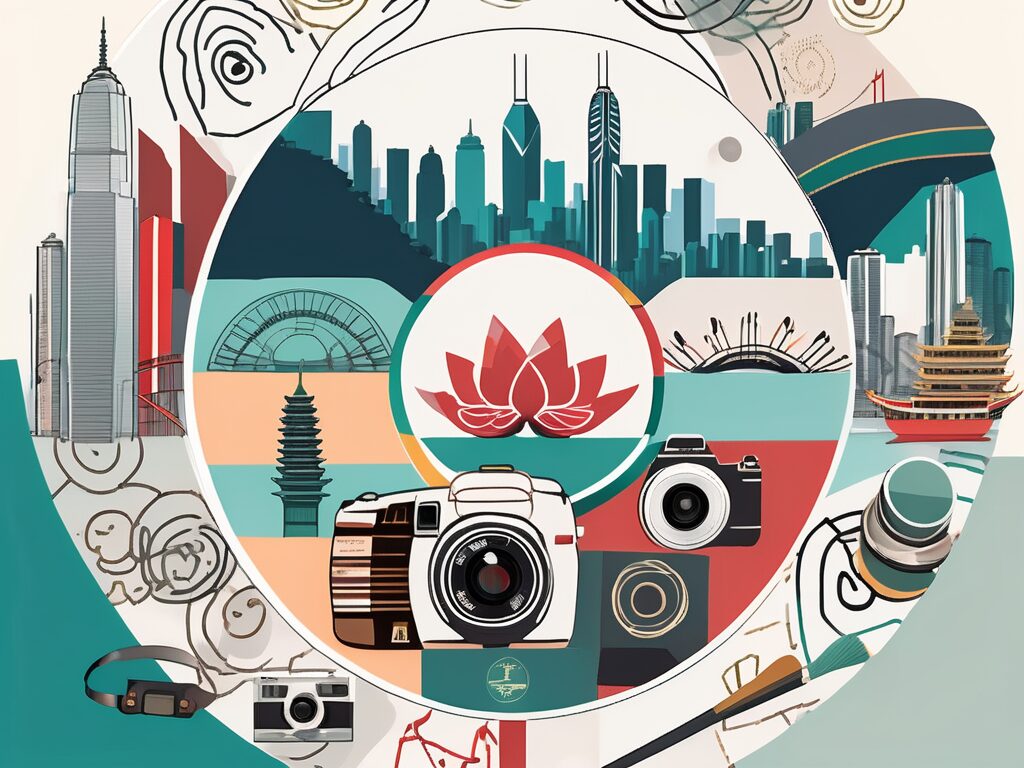html
Unlock Creativity: 5 Innovative Approaches to Arts & Humanities in Singapore
In a world increasingly driven by technology and data, the arts and humanities often find themselves overshadowed. However, in Singapore, a vibrant hub of culture and creativity, innovative approaches are emerging that not only celebrate but also enhance the arts and humanities. This blog post will explore five groundbreaking methods that are reshaping the landscape of creative expression in Singapore, providing educators, students, and enthusiasts with fresh perspectives and actionable insights.
1. Integrating Technology with Traditional Arts
One of the most exciting developments in Singapore’s arts scene is the integration of technology with traditional art forms. Artists and educators are leveraging digital tools to create immersive experiences that engage audiences in new ways. For instance, augmented reality (AR) and virtual reality (VR) are being used to bring historical narratives to life, allowing viewers to step into the past and experience art in a multi-dimensional space.
Case studies, such as the National Gallery Singapore, showcase how technology can enhance visitor engagement. Their interactive exhibits allow visitors to explore artworks through digital interfaces, making art more accessible and relatable. This innovative approach not only attracts a younger audience but also fosters a deeper appreciation for the arts.
2. Community-Centric Art Projects
Community engagement is at the heart of many successful arts initiatives in Singapore. By involving local communities in the creative process, artists are able to produce work that resonates on a personal level. Projects like the Singapore Arts Festival encourage collaboration between artists and residents, resulting in unique performances and installations that reflect the community’s identity.
These community-centric projects not only promote social cohesion but also empower individuals to express their stories through art. By fostering a sense of ownership and pride, these initiatives contribute to a richer cultural tapestry in Singapore.
3. Cross-Disciplinary Collaborations
Another innovative approach gaining traction in Singapore is the collaboration between different disciplines. Artists, scientists, and technologists are coming together to create interdisciplinary works that challenge traditional boundaries. For example, the Singapore Biennale often features installations that merge visual art with scientific concepts, prompting audiences to think critically about the intersection of art and science.
This cross-disciplinary approach not only broadens the scope of creative expression but also encourages critical thinking and problem-solving skills among participants. By exposing students and artists to diverse fields, Singapore is cultivating a generation of creative thinkers who can tackle complex global challenges.
4. Emphasising Sustainability in the Arts
As the world grapples with environmental issues, Singapore’s arts community is stepping up to promote sustainability through creative practices. Artists are increasingly using eco-friendly materials and methods, while institutions are hosting workshops and exhibitions focused on environmental awareness. The National Museum of Singapore has launched initiatives that highlight the importance of sustainability in art, encouraging artists to rethink their materials and processes.
By prioritising sustainability, Singapore’s arts scene not only contributes to environmental conservation but also inspires audiences to consider their own impact on the planet. This approach fosters a culture of responsibility and awareness, making the arts a powerful vehicle for social change.
5. Fostering Global Connections through the Arts
In an increasingly globalised world, the ability to connect with diverse cultures is more important than ever. Singapore’s arts and humanities sector is actively fostering global connections through international collaborations and exchanges. Programs like the Singapore Art Museum facilitate partnerships with artists and institutions worldwide, creating opportunities for cross-cultural dialogue and understanding.
These global connections not only enrich the local arts scene but also provide Singaporean artists with a platform to showcase their work on an international stage. By embracing diversity and inclusivity, Singapore is positioning itself as a key player in the global arts community.
Conclusion
Singapore’s innovative approaches to the arts and humanities are not only transforming the creative landscape but also enriching the lives of its citizens. By integrating technology, fostering community engagement, encouraging cross-disciplinary collaborations, emphasising sustainability, and promoting global connections, Singapore is setting a benchmark for creativity and cultural expression.
As we strive for a more inclusive education system in Malaysia, the role of qualified and well-trained educators becomes increasingly crucial. Empower Your Teaching Career with IPGCE – IPGCE is dedicated to supporting teachers in their professional journey, offering the International Postgraduate Certificate in Education (iPGCE) to enhance qualifications and open doors to international teaching opportunities. With our program, you can expect a significant increase in interview callbacks, promotion rates, and salary. Plus, you’ll join a global network of educators, gain a deeper understanding of international curricula, and enjoy the flexibility of online study. Don’t let inadequate credentials or isolation hold you back. Join the UK’s #1 Teacher Training Course today and take a decisive step towards a fulfilling career in inclusive education.
For more insights on arts education and innovative teaching methods, check out our related articles on Arts Education in Singapore and Creative Teaching Methods.
Connect with me on LinkedIn to stay updated on the latest in arts education and innovative teaching strategies!

